Would you consider switching beef for beans if it would stop global warming?
By Kate Hesse
 I have a strong belief that we should leave each place we encounter better than we found it. (In doing a little research, it seems the “leave it better than you found it” phrase dates back to my days as a girl scout or lessons my father learned as a boy scout and passed down.) I apply this rule to the homes we live in, to the places we go camping and hiking, and to the planet as a whole. At the end of the day, I want to be able to look back on my life and have left as small a footprint on the planet’s environment as possible.
I have a strong belief that we should leave each place we encounter better than we found it. (In doing a little research, it seems the “leave it better than you found it” phrase dates back to my days as a girl scout or lessons my father learned as a boy scout and passed down.) I apply this rule to the homes we live in, to the places we go camping and hiking, and to the planet as a whole. At the end of the day, I want to be able to look back on my life and have left as small a footprint on the planet’s environment as possible.
Sometimes though it feels like an impossible task. You may have noticed a thread of moving toward zero waste and environmental sustainability on the blog. It is a long journey, and one I am not sure I will ever finish. And beyond what goes into our garbage can each week, it isn’t hard to find stories of continued environmental degradation – melting ice caps, rising sea level, destruction of the Amazon rainforest at catastrophic rates, coral dying from acidification of the oceans, and so much more.
And so it was with amazement that I listened to an interview recently between John Robbins and Dr. David Katz as part of the Food Revolution Summit. During the interview, they discussed the environmental impact if every American made one simple switch, replacing all of the beef in their diet with beans (replacing on either a calorie or protein basis the results are the same).
Why beef and why beans
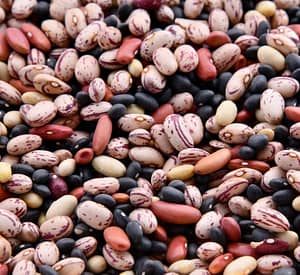 Beef is the most greenhouse gas intensive food item from start to finish, so by eliminating it from the diet, we can make the biggest impact. Beans are not only significantly lower in their impact on global warming than beef, they are also incredibly healthy and on average, Americans consume much less than the recommended amount.
Beef is the most greenhouse gas intensive food item from start to finish, so by eliminating it from the diet, we can make the biggest impact. Beans are not only significantly lower in their impact on global warming than beef, they are also incredibly healthy and on average, Americans consume much less than the recommended amount.
Beans are high in protein, providing 21.6 g of protein per 100 g of raw beans. Compared to beef which provides only 14.4 g of protein per 100 g of raw meat. And beans are nitrogen fixers – this means they improve the quality of the soil in which they are grown (most feed crops for cattle pull nutrients out of the ground).
Finally, Dr. Katz noted that by reclaiming the cropland which would not be needed for beef production, we would be able to regenerate the soil, allowing it to become a carbon sink, recapturing carbon dioxide currently in the atmosphere. He noted that one-third of the carbon currently in the atmosphere was once in the soil. By reclaiming this land, we would have a secondary effect of further reducing greenhouse gas emissions.
The environmental impact of beef for beans
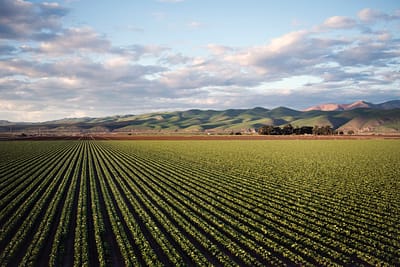 A 2017 study published in Climatic Change titled “Substituting beans for beef as a contribution toward US climate change targets” found that by swapping beef for beans, the US could achieve around 75% of the greenhouse gas emission reductions needed to meet the 2020 target. Not only that, but it would also result in freeing up 42% of US cropland (the environmental benefits of alternative utilization were not calculated in the 75% reduction). To put that in perspective, the land freed up from beef production would be 1.6 times the size of California.
A 2017 study published in Climatic Change titled “Substituting beans for beef as a contribution toward US climate change targets” found that by swapping beef for beans, the US could achieve around 75% of the greenhouse gas emission reductions needed to meet the 2020 target. Not only that, but it would also result in freeing up 42% of US cropland (the environmental benefits of alternative utilization were not calculated in the 75% reduction). To put that in perspective, the land freed up from beef production would be 1.6 times the size of California.
The land reclaimed from beef production would not only serve to sequester additional carbon as noted above, it would also aid in other environmental preservation goals including supporting biodiversity and a large reduction in water usage.
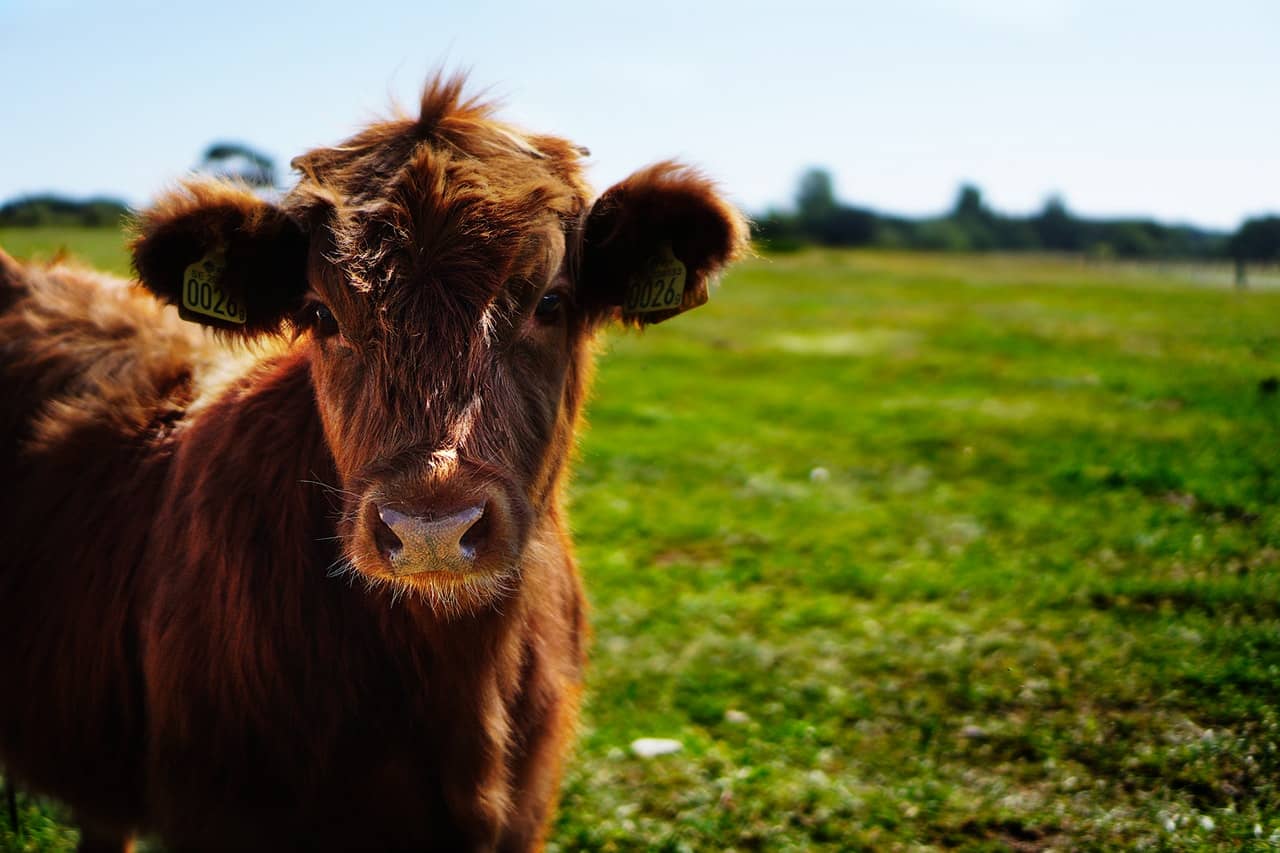 This is a staggering amount of emissions to be able to reduce with just one basic change. Livestock farming is the primary producer of methane (50% of global total) and nitrous oxide (60% of global total) emissions. (These emissions are from the entire production line including growing feed, equipment needed for cattle farming, the waste produced by the cattle, and everything else that goes into raising cattle for beef.) These gases not only contribute to global warming, but they do it in a big way. Both methane and nitrous oxide have a much higher global warming potential (25 and 298 times higher respectively) than carbon dioxide (the gas we have primarily targeted when trying to address global warming).
This is a staggering amount of emissions to be able to reduce with just one basic change. Livestock farming is the primary producer of methane (50% of global total) and nitrous oxide (60% of global total) emissions. (These emissions are from the entire production line including growing feed, equipment needed for cattle farming, the waste produced by the cattle, and everything else that goes into raising cattle for beef.) These gases not only contribute to global warming, but they do it in a big way. Both methane and nitrous oxide have a much higher global warming potential (25 and 298 times higher respectively) than carbon dioxide (the gas we have primarily targeted when trying to address global warming).
And while they can have a detrimental impact, the good news is that methane has an atmospheric lifespan of 9-12 years. That means that if every American made the switch from beef to beans tomorrow and ceased all beef cattle farming in the US, there would be no methane left in the atmosphere from US cattle farming in just 12 years (carbon dioxide by comparison has an atmospheric lifespan of around 100 years). So we could see results from this switch happen quickly.
Unfortunately, that path of reduction is not the direction we are currently heading. If nothing changes, the researchers note that by 2050 food-related greenhouse gas emissions will make up half of the total emission budget imposed by the Paris Accord and Copenhagen Agreement. By 2070 food-related emissions could exceed the entire emissions budget – meaning we could be waving good-bye to our coastal cities unless we found a way to cut every single other greenhouse gas emission in the world.
The health benefits of beans
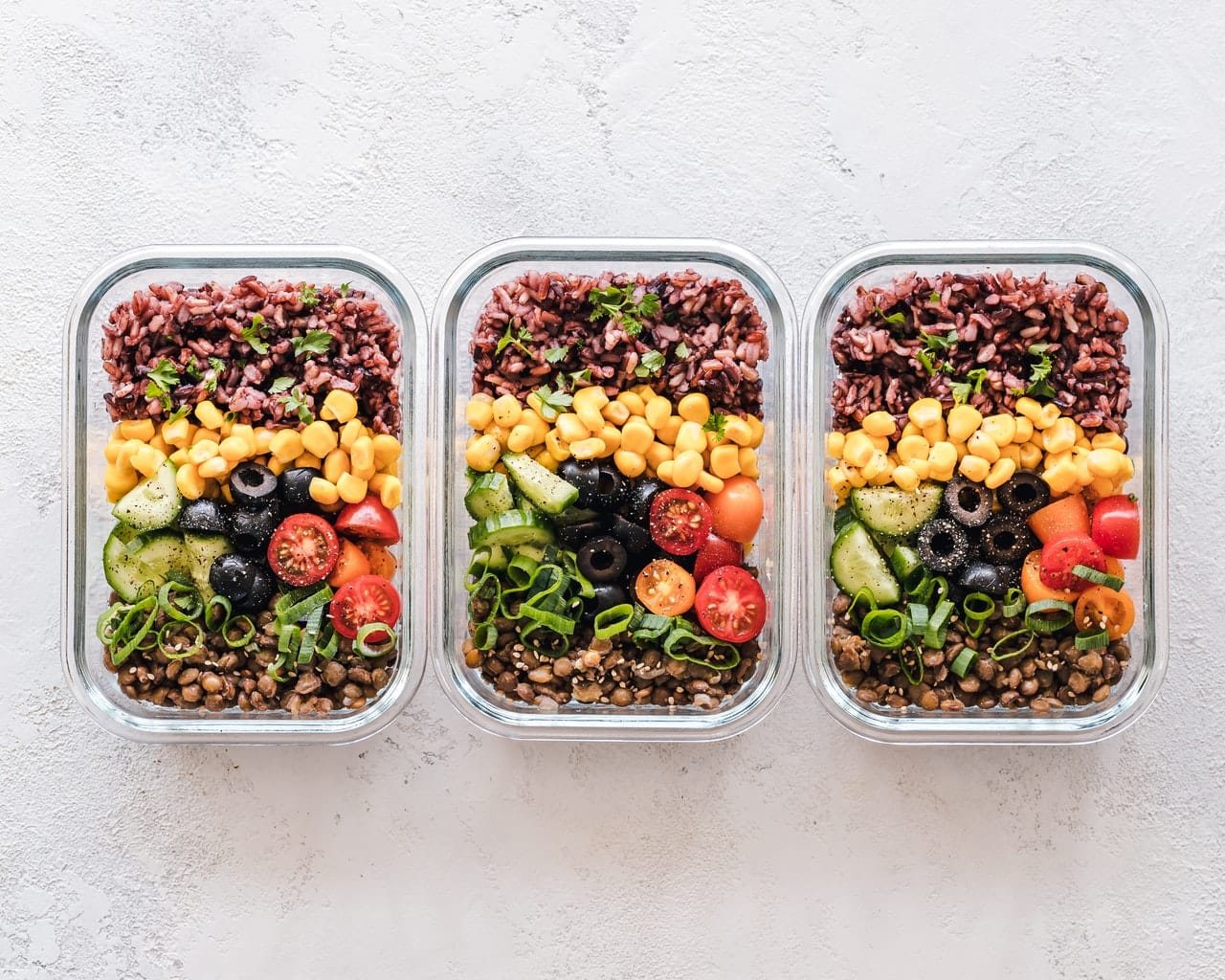 You know the old saying “beans, beans, good for your heart. . .” – turns out it is true, and they are also good for so much more! Dr. Linda Carney was also interviewed as part of the Food Revolution Summit. She noted that beans help stabilize blood sugar (via resistant starch), lower cholesterol and remove excess estrogen tied to several forms of cancer (via fiber), can result in weight loss (via fiber which provides satiety for minimal calories), and can help improve mood.
You know the old saying “beans, beans, good for your heart. . .” – turns out it is true, and they are also good for so much more! Dr. Linda Carney was also interviewed as part of the Food Revolution Summit. She noted that beans help stabilize blood sugar (via resistant starch), lower cholesterol and remove excess estrogen tied to several forms of cancer (via fiber), can result in weight loss (via fiber which provides satiety for minimal calories), and can help improve mood.
When they are incorporated as part of a well rounded plant based diet, beans (and the whole rainbow of vegetables) can have even more health benefits. And as someone who eats a diet rich in beans (and lots of fruit, vegetables and whole grains), I can assure you that while it might take an adjustment period, when eaten as part of a diverse diet, beans do not deserve the reputation that old saying ends with.
However, if you switch from the standard American diet to one rich in beans, fruits, vegetables and whole grains, you will probably find that you are gassy and bloated for a few weeks. Stick with it, this will pass. Your microbiome is adjusting to be able to efficiently digest your new diet. I like to think of it as equivalent to starting a baby on solid food – there might be a lot of mess for a little while as they adjust, but in the long run it is worth it!
Beyond a can of chickpeas
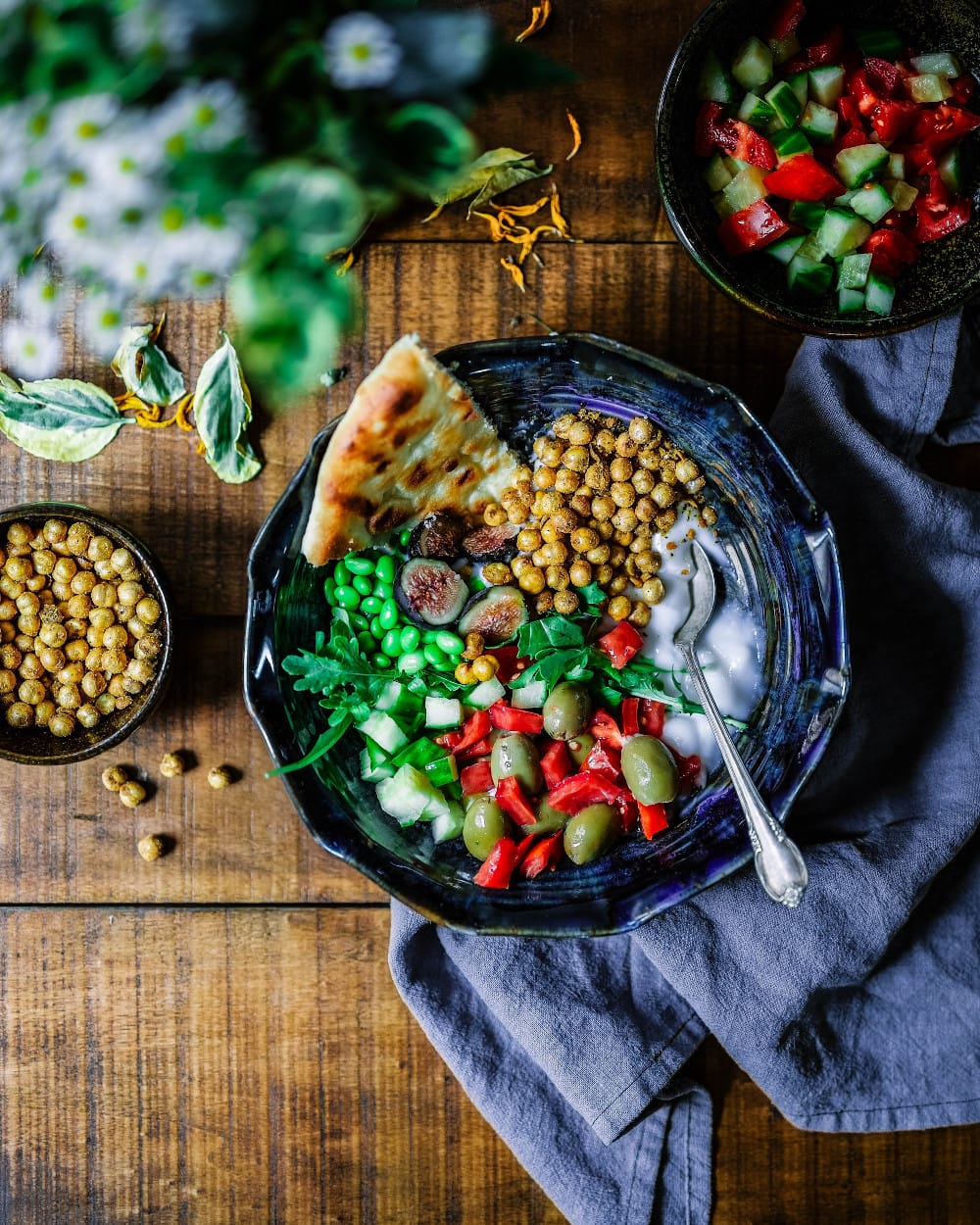 Don’t get me wrong – there are plenty of times I have been grateful to pull a can of chickpeas out of the pantry to add a little extra protein to a meal. However, there are so many awesome ways to eat beans!
Don’t get me wrong – there are plenty of times I have been grateful to pull a can of chickpeas out of the pantry to add a little extra protein to a meal. However, there are so many awesome ways to eat beans!
First, if you don’t think you like beans, I encourage you to check out Rancho Gordo. Adam and I love their beans. And dried beans are super easy to prepare. We just rinse them, toss in a slow cooker with enough water to cover by 2-3 inches, stir in some bullion and cook on high for three to four hours, or low for six to eight hours (shorter or longer depending on the bean).
Then you can use these beans in any number of ways, sometimes I just scoop them into a bowl, sprinkle on a little seasoning and dip some bread in to mop up all the delicious bean liquid (called pot liquor). You can drain the beans and use them in the same way you would use canned (only they are much more delicious). Or you can add extra broth/water and a bunch of chopped up veggies in the last hour or so of cooking to make a delicious soup.
Ready to make the switch? There are so many more ideas for beans, check out the Rancho Gordo website and Facebook page to get started. And let me know if you would like to see more bean recipes here – if you are ready to make the change – I want to support you!
Hoping you consider making the switch for your health and that of the planet and trade beef for beans!
Related
Leave a Reply Cancel reply
This site uses Akismet to reduce spam. Learn how your comment data is processed.